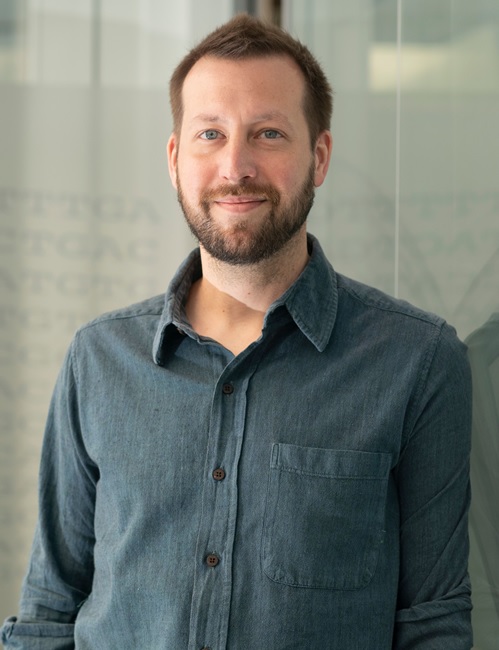Dr Michael Smutny
Supervisor Details
Research Interests
Our research is focused on the crosstalk between cell and tissue-scale mechanics and biochemical signaling to regulate developmental programs and cellular mechanisms in the embryo, including cell/tissue morphogenesis and polarization, cell-cell adhesion, cell migration, cell fate specification and tissue patterning events. To answer these questions, we are using quantitative live cell imaging, biophysical force measurements, biochemical and genetic tools, genomics/transcriptomics and mathematical modeling from subcellular, to tissue level. We are utilizing the zebrafish embryo as a vertebrate model system to study these questions due to transparency and rapid development ex utero, facilitating in vivo live cell imaging, chemical and mechanical perturbations and cell/tissue isolation for in vitro assays.
The current research focus is on two main events during zebrafish gastrulation: the first process comprises the early development of the prospective anterior neural plate (ANP), where neural precursor cells (neurectoderm) become positioned and specified along the embryonic axes into specific domains to contribute to the formation of the central nervous system (CNS). We are interested in unraveling the role of mechanical forces in neurectoderm cell/tissue morphogenesis, movement and cell specification/tissue patterning to develop a functional CNS. The second event involves the coordinated movements of internalized mesendoderm (prechordal plate) cells, which migrate as a cell collective towards the animal pole of the embryo and contribute to embryonic axes formation. We are investigating the role of physical forces and the external microenvironment for cell polarization, migration, adhesion and cell specification.
Scientific Inspiration
Nature. Shows us that we still do not understand much and we should keep asking questions.
MIBTP Project Details
Primary supervisor for:
Co-supervisor on a project with Dr Darius Koester.
